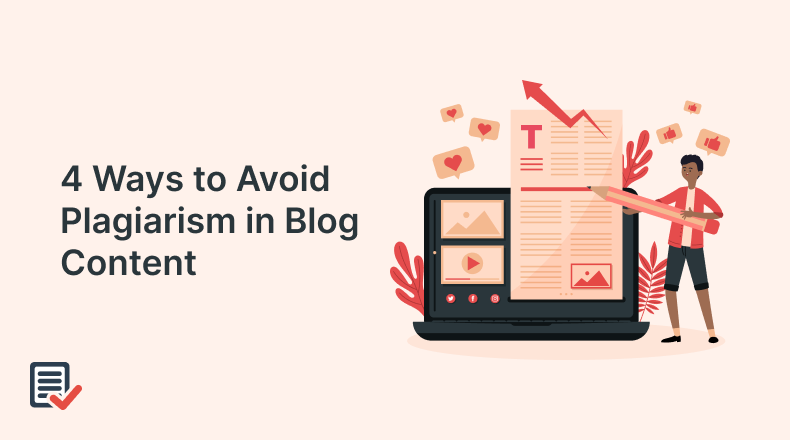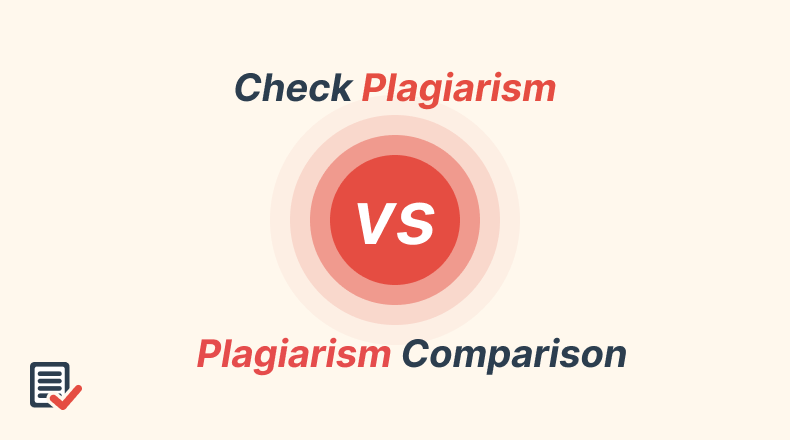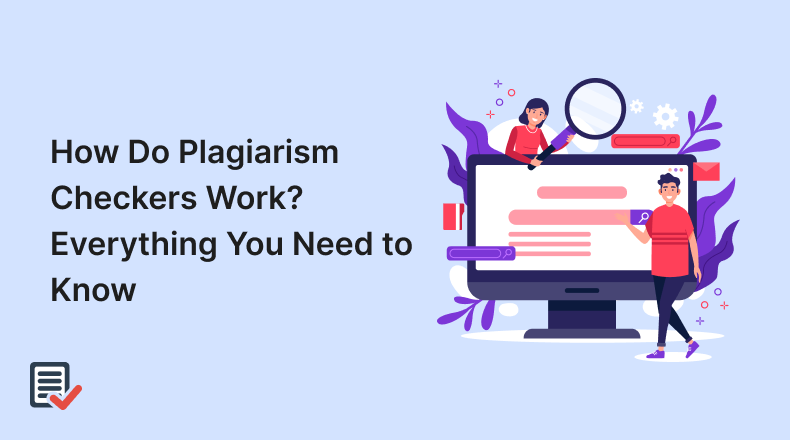
Considering the proliferation of websites and online content on the internet, it’s no wonder bloggers have to face so much trouble with duplication and plagiarism. According to a study, 1.5 billion webpages out of a total of 5.1 billion have duplicated or matching content.
In a lot of cases, plagiarism is not the product of intentional content theft. It can happen accidentally and unintentionally, especially in saturated niches like smartphone reviews and travelling etc. Self-plagiarism and accidental plagiarism (which are two of the most common types of duplication) both occur unintentionally.
The above helps us understand that plagiarism doesn’t just affect those bloggers who deliberately copy content from online sources. Rather, it affects even those who don’t have the slightest intention of duplicating anything from anywhere.
For the edification of the writers in the latter category, we’ve created a brief guide to avoiding plagiarism in blog content.
4 Ways to Avoid Plagiarism in Blogging Content
1. Use Plagiarism Checkers
The steps to ‘avoid plagiarism’ in any type of content mostly consist of the things that you can do to accredit the original authors properly. As we will discuss further on, these types of steps include adding citations or quotes etc.
However, before you get to doing all that, you need to find what parts of your text are plagiarized. Only once you know where the plagiarism is occurring can you get to fixing it.
And the ideal way to find the duplicated parts in your content is to use a plagiarism checker.
A plagiarism checker scans the given piece of text against billions of online sources to see if there are any matches in it. Some tools go as far as to incorporate Stylometry in their functionality in order to check similarities between writing styles. (Note: Stylometry is the study of linguistic patterns and styles.) If you don’t have time to do this yourself, consider finding a virtual assistant to help.
2. Use Citations and References
Citations and references are a good way to credit a source or author. There are different types of citation styles which include MLA, Harvard and APA. While citations are usually used in academic content, they also have an application in blogging.
However, for blogging, the MLA format is recommended since it lets you cite all types of sources.
If you have not used citations or references before, here are the steps that you can follow:
- Open an online citation generator.
- Add in the details such as URL, author name, date, publisher etc.
- Select the required citation style.
- Add in-text citation to your content.
- Compile all the detailed citations (references) at the end of the document.
Here is what an in-text citation looks like (in MLA):
(Doe, 221)
In APA and Harvard citations, the year of the publication is written alongside the name. However, in MLA, a page number is written instead. This number denotes the page of the source from which the cited material has been taken. If there are no pages in the source, then only the name of the source will be written.
On the other hand, the full detailed reference looks like this (in MLA):
Doe, John. “League of Wierdos.” wikipedia.com. Wikipedia, 12 Dec. 2021. Web. 18 May. 2022..
3. Paraphrasing
Moving on, paraphrasing is also a good technique that you can use to avoid plagiarism in your blogs.
Paraphrasing is defined as the act of writing someone else’s content using different words while retaining the original meaning and context.
Paraphrasing is, as far as the ethicality and legitimacy is concerned, a bit of a gray area. If it is used ‘sneakily’, then it’s going to be unethical and unscrupulous.
This sort of use would occur if a person would haphazardly synonymize a piece of content without making any effort to give credit to the original author, or to mask the fact that the content is a paraphrased job.
On the other hand, if paraphrasing is done thoroughly and the original source is credited as well, then this is considered as a clean and ethical technique.
This sort of paraphrasing would entail:
- Changing the sentence structures
- Shuffling the order of the content
- Extensively changing the synonyms
- Proper attribution to original source
4. Using Quotations and Hyperlinks
Quotations and hyperlinks are good for attributing information to a source in situations where using citations and references can be superfluous and extraneous.
For example, if you only want to add a single quoted sentence or fact in your content, generating a citation for it can be a bit unnecessary. You can just wrap it in quotes and mention the source underneath.
Or, you can leave a hyperlink to it.
Conclusion
The next time your blog post comes up with plagiarism, don’t worry. Simply take the above steps to find and remove it. Let’s recap the steps briefly before wrapping this post up.
Firstly, you need to use a plagiarism checker to detect duplication in your content. You should take care to pick a good one that uses a reliable algorithm.
Then, once you have found the plagiarized parts, you can move ahead to removing them. You can either add some citations and references, or you can paraphrase them.
Using quotes and hyperlinks is also a good way to give credit to an author or source.







